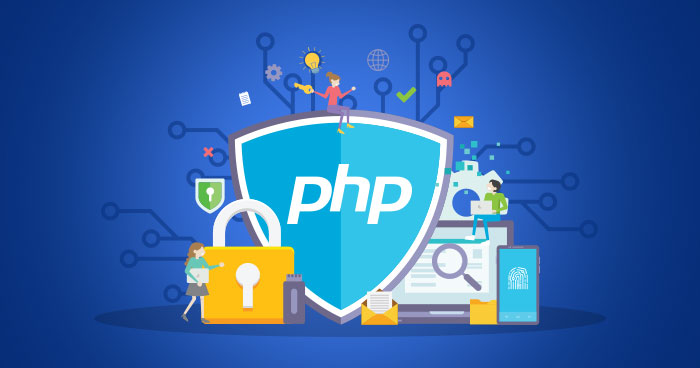Security is becoming increasingly important in the web development world. As technology advances, so do the threats to web applications. One of the most common and vulnerable targets for malicious attackers is the PHP platform. Because of this, it’s important that developers understand and follow best practices to ensure their applications are secure. The goal of this article is to provide an overview of common security threats to PHP applications and best practices for mitigating these threats.
What Are Security Threats to PHP Applications?
Security threats to PHP applications can vary, but the most common threats include SQL injection attacks, cross-site scripting (XSS) attacks, and remote file inclusion (RFI) attacks.
SQL Injection
A SQL injection attack is an attempt to alter or manipulate the SQL code of an application to access or steal data. This type of attack occurs when an attacker exploits vulnerabilities in the application in order to send malicious SQL code to the application’s database. This type of attack can be dangerous because if an attacker is able to gain access to the database, they can potentially access or modify sensitive data. To protect against this type of attack, developers should always use prepared statements instead of dynamic SQL queries, and should sanitize any data that is sent to the application’s database.
Cross-Site Scripting (XSS)
XSS attacks are another common security threat to PHP applications. XSS attacks occur when malicious code is injected into a web page or application. This code can then be used to modify the behavior or appearance of the application in order to gain access to sensitive data. To protect against this type of attack, developers should always use a web application firewall (WAF). A WAF will detect and block any malicious code before it can be executed. Additionally, developers should always input validation and escaping of user-provided data to remove any malicious code before it can be executed.
Remote File Inclusion (RFI)
A remote file inclusion attack occurs when an attacker attempts to gain access to a vulnerable script or application by uploading malicious code. This type of attack can be used to gain access to sensitive information or data. To protect against this type of attack, developers should always use a whitelisting approach when dealing with files. This means only accepting files from trusted sources and verifying the file type before allowing it to be uploaded. Additionally, developers should always validate any input that is sent to the application, and any uploaded files should be stored in a secure directory.
Best Practices for Securing PHP Applications
Secure Coding Practices
The first step in securing any web application is to use secure coding practices. This includes using the latest security techniques, such as encryption, input validation, and output escaping. It is also important to consider the security implications of any third-party libraries or frameworks that are used, as these can sometimes introduce vulnerabilities. Additionally, developers should use consistent coding standards and follow best practices for error-handling to ensure that any security flaws are identified and addressed quickly.
Data Protection
Data protection is another important factor to consider when securing any application. All data stored within the application should be securely encrypted and any user-provided data should be validated and sanitized. Developers should also make sure that any sensitive information is not stored in public areas of the application, as this could make the data vulnerable to attack. Additionally, developers should ensure that all passwords are stored securely and that authentication and session management techniques are used to protect user accounts.
Regular Audits
Regular security audits are an important step in ensuring that any application is secure. During an audit, security experts will analyze the application and attempt to identify any potential vulnerabilities or security flaws. Additionally, if any security flaws are identified, they can be quickly addressed.
Securing PHP applications is an important step in protecting against malicious attackers. By following best practices and utilizing secure coding practices, developers can ensure that their applications are safe and secure. Additionally, regularly auditing the application for potential security flaws can help to identify any issues that may exist, and help to quickly address any security vulnerabilities that may arise. Ultimately, following these best practices is the best way to ensure the security of any PHP application.

